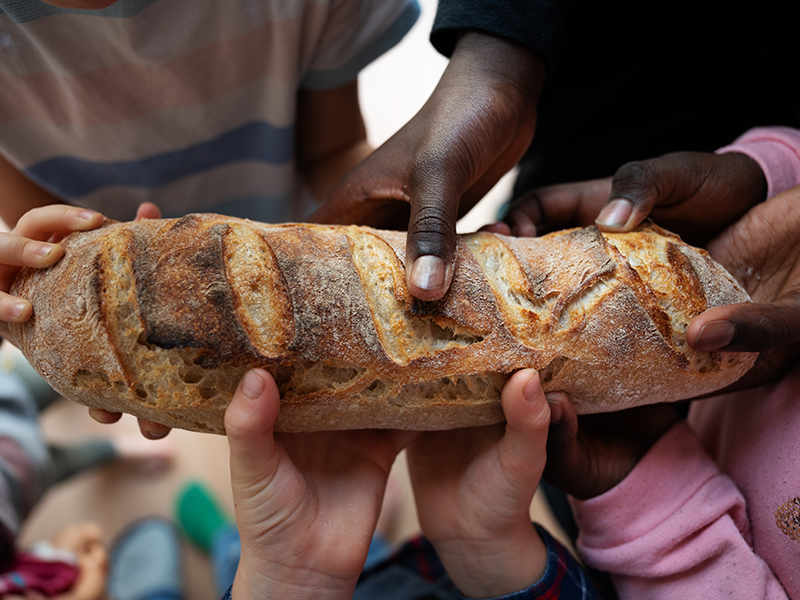The United Nations has set 17 goals as part of its 2030 Agenda for Sustainable Development. One of those goals is to end extreme poverty (defined as surviving on less than $2.15 per person per day at 2017 purchasing power parity) throughout the world by 2030. What is extreme poverty? According to the World Bank (an internation organization owned by 187 countries dedicated to end poverty), extreme poverty is the threshold required by a person to maintain caloric intake, shelter, clothing, and heat as necessary. Although this definition is not rigorous, it qualitatively helps us understand what is the bare minimum required by a human person. This of course varies from country to country and the amount of money needed varies. But the UN and World Bank have determined that a minimum of $2.15 is required by a person per day in the poorest of countries to survive. This amount can change depending on the economic prosperity of the country. In the US less than 0.2% of the population lives on less than $2.15 per day but in the country of Mozambique more than 70% live below this threshold.
In most economically developed or developing countries, the World Bank’s $2.15 threshold is not meaningful, most countries use a “poverty line.” This poverty line is defined typically what it costs for nutrition, rent, clothing, etc in a particular country. In the US, the Census bureau sets this poverty threshold. There are two separate measures that are determined. The official measure is tripling the inflation-adjusted cost to meet a 1963 minimum food diet. The second measure is called the supplementary poverty measure. It appears to be more accurate measure as it uses income from all sources and real household expenditures. However, this supplementary poverty measure is not used the US government as a threshold for government programs.
Currently, the poverty line in the US is $15,060 annually for an individual and $31,200 annually for a family of four. As a comparison, in Mexico the poverty line is $1332 annually in rural areas and $2040 annually in urban areas. In India, the poverty line 60 rupees/day (converts to $262/annually).
How has extreme poverty changed over the years. Fortunately, world-wide, extreme poverty has dropped from about 75% of the world’s population in 1820 to about 10% in 2019. There were 757 million in 1820 and 764 million in 2018 under extreme poverty, with a peak of 2 billion people in 1995. With the advent of COVID-19, global extreme poverty rose sharply from 8.3% to 9.2%, the largest increase since 1990. The number of additional people under extreme poverty rose by more than 70 million.
Fortunately, there are many charities working tirelessly in the fight against global poverty. Some of these charities are Oxfam, Care, and Save the Children to name a few. One particular charity GiveDirectly uses direct cash payments to the very poor in order to give the recipients flexibility on how they want to use their funds.
Ashna Dagam

